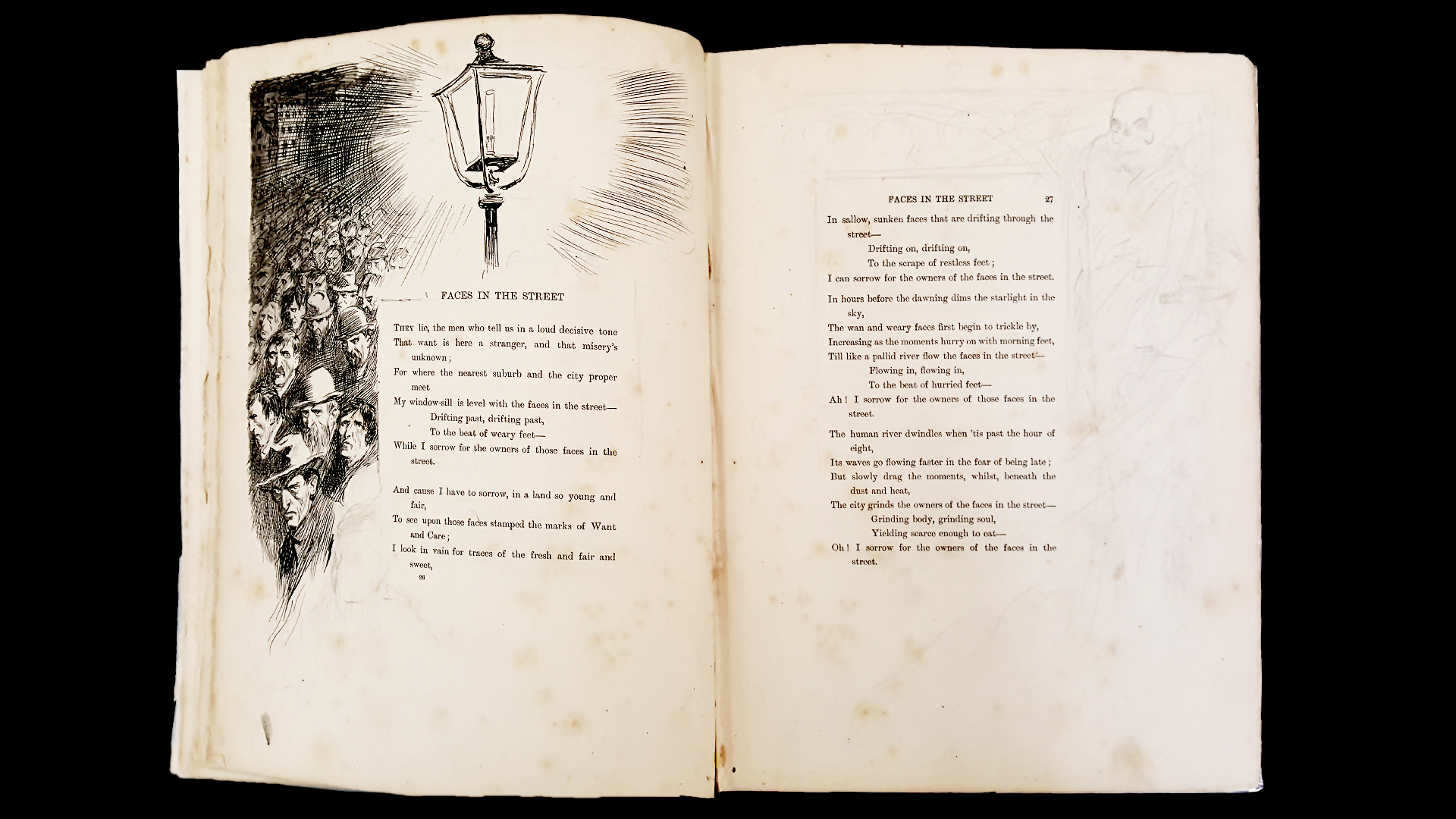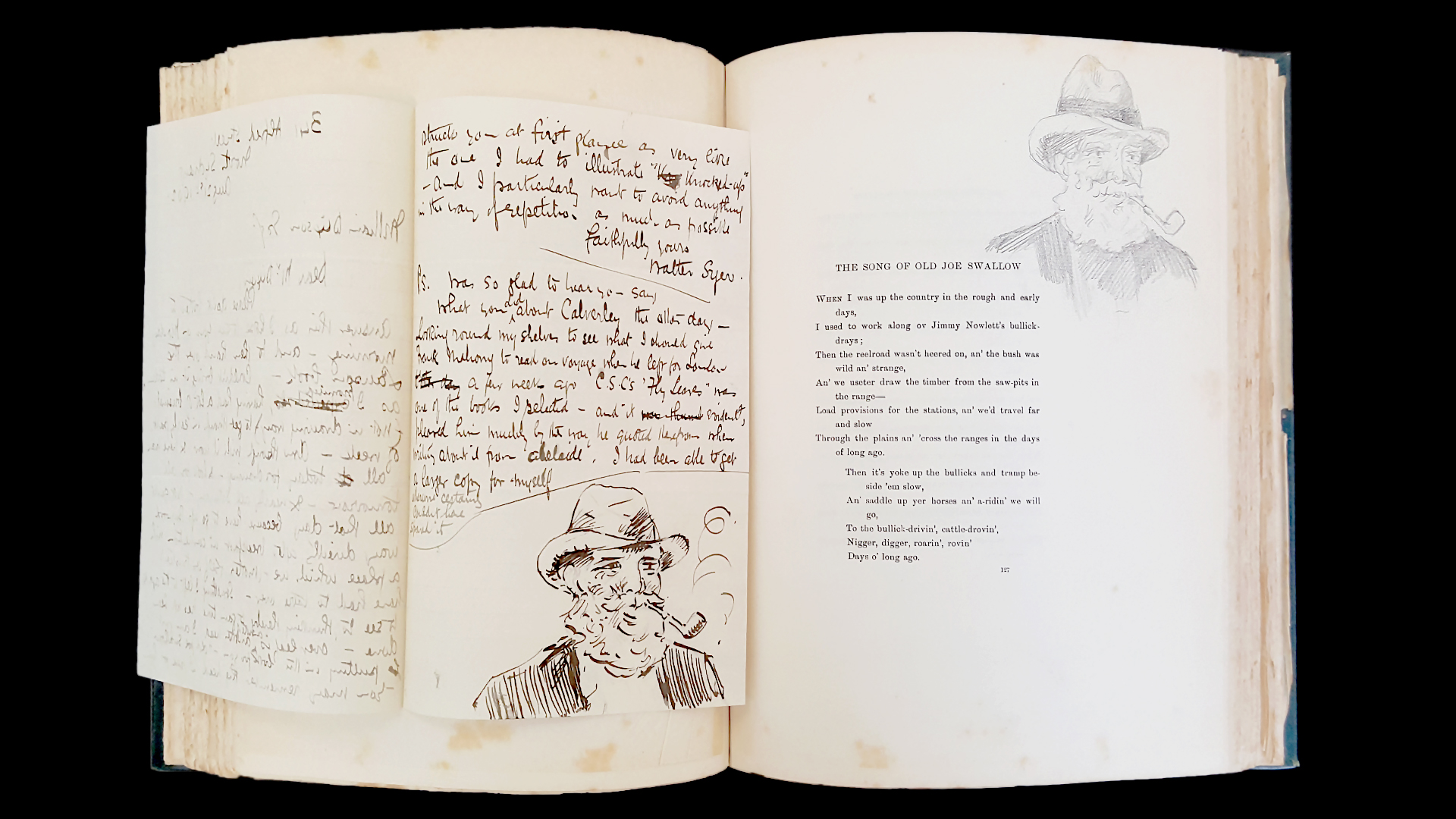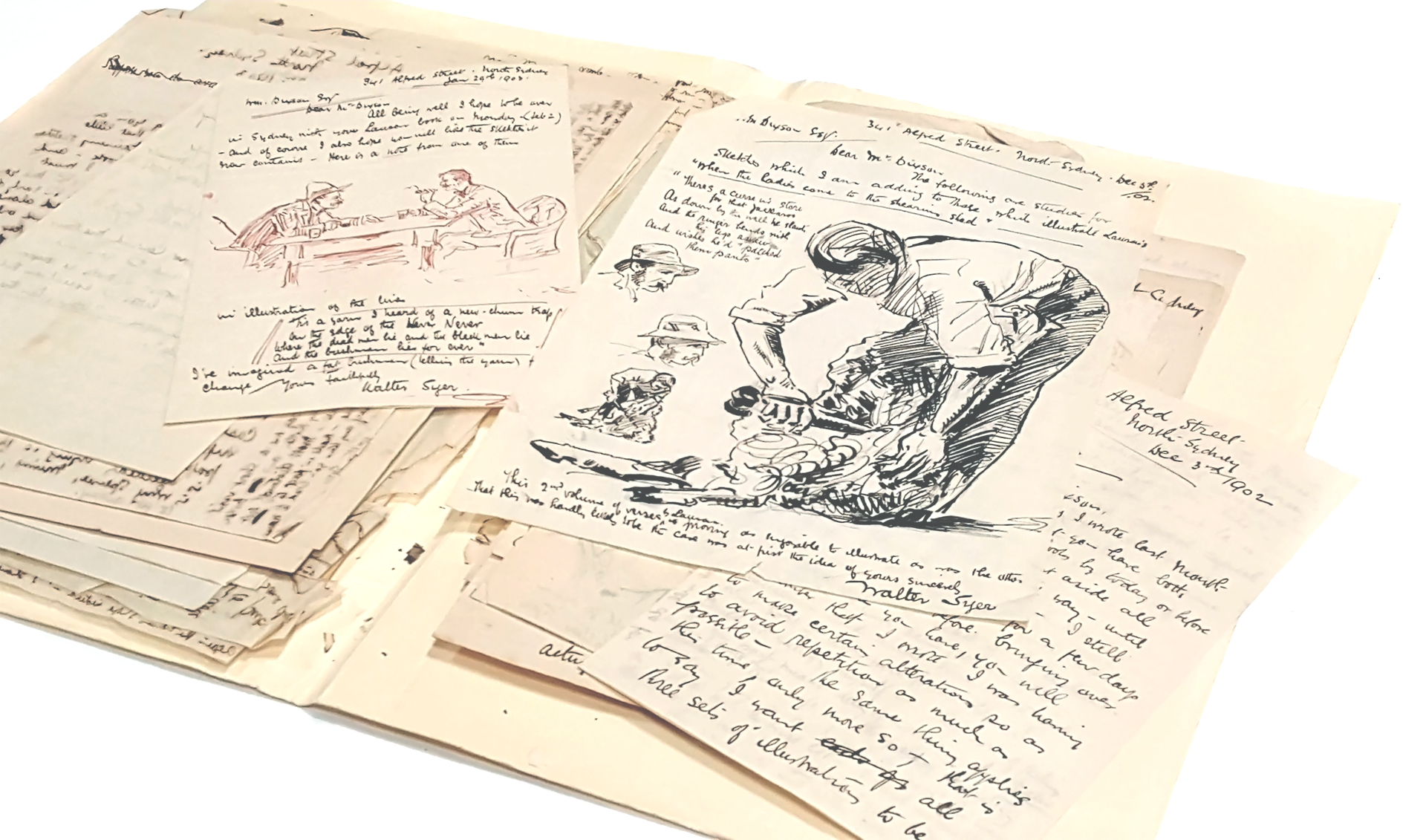In the Days When The World Was Wide And Other Verses (Norman Lindsay's copy, with drawings), 1896
{"type":"image","clickUrl":"https:\/\/prod.corp.slnsw.skpr.live\/collection-items\/days-when-world-was-wide-and-other-verses-norman-lindsays-copy-drawings","thumbnail":"https:\/\/prod.corp.slnsw.skpr.live\/sites\/default\/files\/styles\/thumbnail\/public\/lawson_days_the_world_lindsays_illustrations_01_1920e.jpg?itok=xW3JOxnx","thumbnailLarge":"https:\/\/prod.corp.slnsw.skpr.live\/sites\/default\/files\/styles\/large\/public\/lawson_days_the_world_lindsays_illustrations_01_1920e.jpg?itok=Bb0h16az","mediaDerivativeUrls":{"thumbnail":"https:\/\/prod.corp.slnsw.skpr.live\/sites\/default\/files\/styles\/thumbnail\/public\/lawson_days_the_world_lindsays_illustrations_01_1920e.jpg?itok=xW3JOxnx","large":"https:\/\/prod.corp.slnsw.skpr.live\/sites\/default\/files\/styles\/large\/public\/lawson_days_the_world_lindsays_illustrations_01_1920e.jpg?itok=Bb0h16az","responsive__quarter_hd":"https:\/\/prod.corp.slnsw.skpr.live\/sites\/default\/files\/styles\/responsive__quarter_hd\/public\/lawson_days_the_world_lindsays_illustrations_01_1920e.jpg?itok=PypMAsJj","responsive__half_hd":"https:\/\/prod.corp.slnsw.skpr.live\/sites\/default\/files\/styles\/responsive__half_hd\/public\/lawson_days_the_world_lindsays_illustrations_01_1920e.jpg?itok=sL-Mbxx7","responsive__full_hd":"https:\/\/prod.corp.slnsw.skpr.live\/sites\/default\/files\/styles\/responsive__full_hd\/public\/lawson_days_the_world_lindsays_illustrations_01_1920e.jpg?itok=MUmXQpEn"},"mediaUrl":"https:\/\/prod.corp.slnsw.skpr.live\/sites\/default\/files\/lawson_days_the_world_lindsays_illustrations_01_1920e.jpg","mediaMime":"image\/jpeg","transcriptUrl":null,"width":1920,"height":1080}
View collection item detailHQ 2016/751





